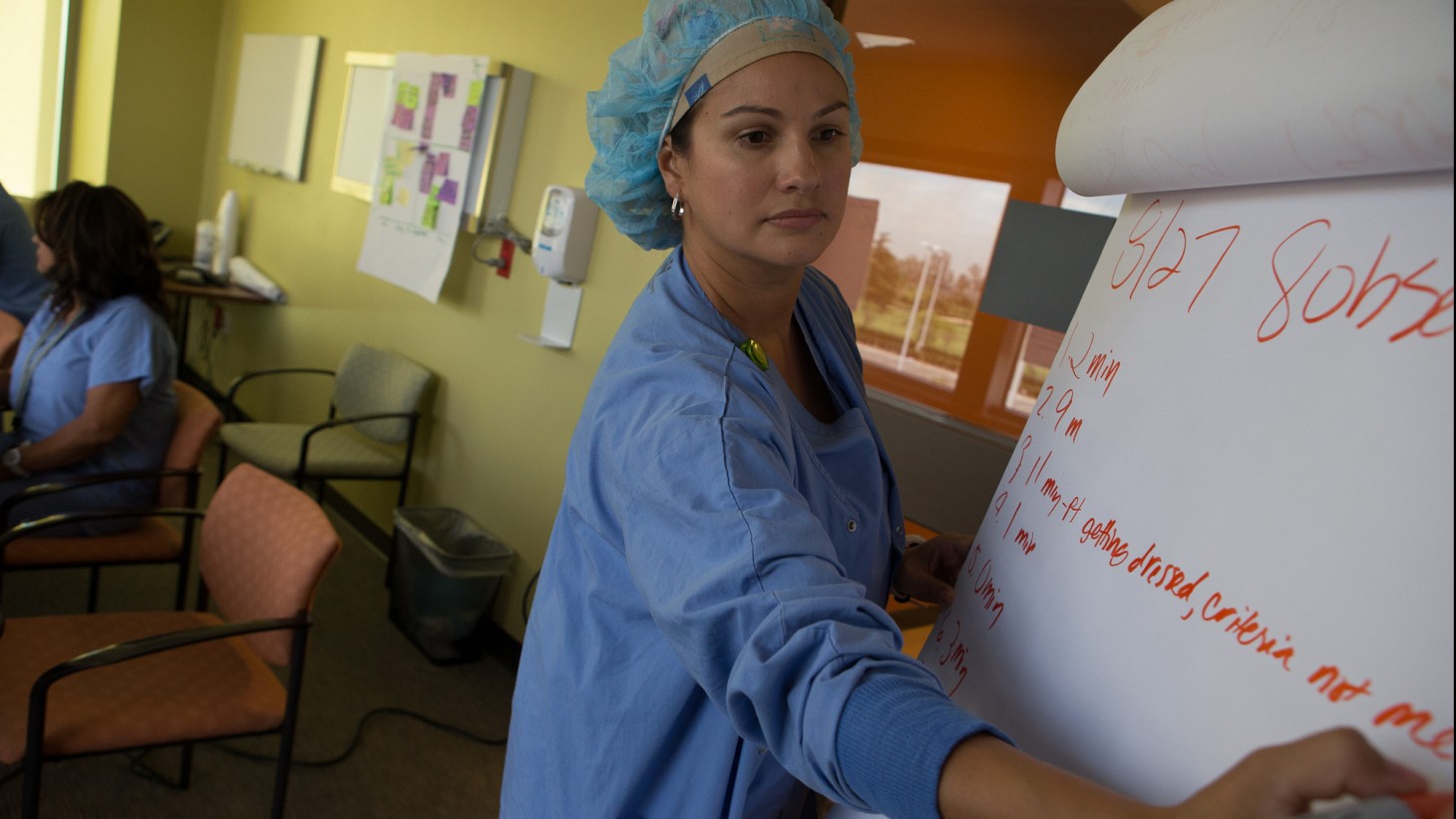Hank Winter 2014
See the whole issueFrom the Desk of Henrietta: The 'Yes' Hazard

Say no so you can say yes: Unit-based teams are building the skills they need to prioritize the improvement efforts that will have the most impact.
Yes, I’d be happy to. Yes, I can do that. Yes, of course, yes.
Stepping up to the plate, being engaged, working hard—in a workplace that fosters continuous learning and improvement, these are qualities we prize in our colleagues and cultivate in ourselves.
And, in a sprawling, complex organization like ours, with myriad initiatives and projects, these traits can be our undoing. If we say yes to everything, we wind up spread too thin. Spread too thin, we lose effectiveness. Trying to regain the ground we think we should already have covered, we go faster and faster, start to spin our wheels and—burn ourselves out.
We do it as individuals, and we do it in our unit-based teams, too: Yes, we can do that. Yes, we’ll take that on. And then there’s too much to do and an effort to improve sputters out.
There are lots of techniques for individuals to manage competing demands. As UBTs mature, they and their mentors are getting savvy about the importance of having teams set priorities, too.
Developing teams don’t always have the confidence it takes to say no. In “From Frenzied to Focused,” Denise Johnson, the continuum of care administrator at San Jose Medical Center, notes that we have a tendency to think more is better. She and other UBT supporters are helping their teams map out the path forward, teaching them to discriminate (in all the best senses of that word)—to know when to say “yes” and when “no, not now” is in order.
Fewer, well-chosen projects have a greater impact on Kaiser Permanente’s quality of care, service and affordability. And not being constantly frazzled certainly helps create a better place to work, too.

